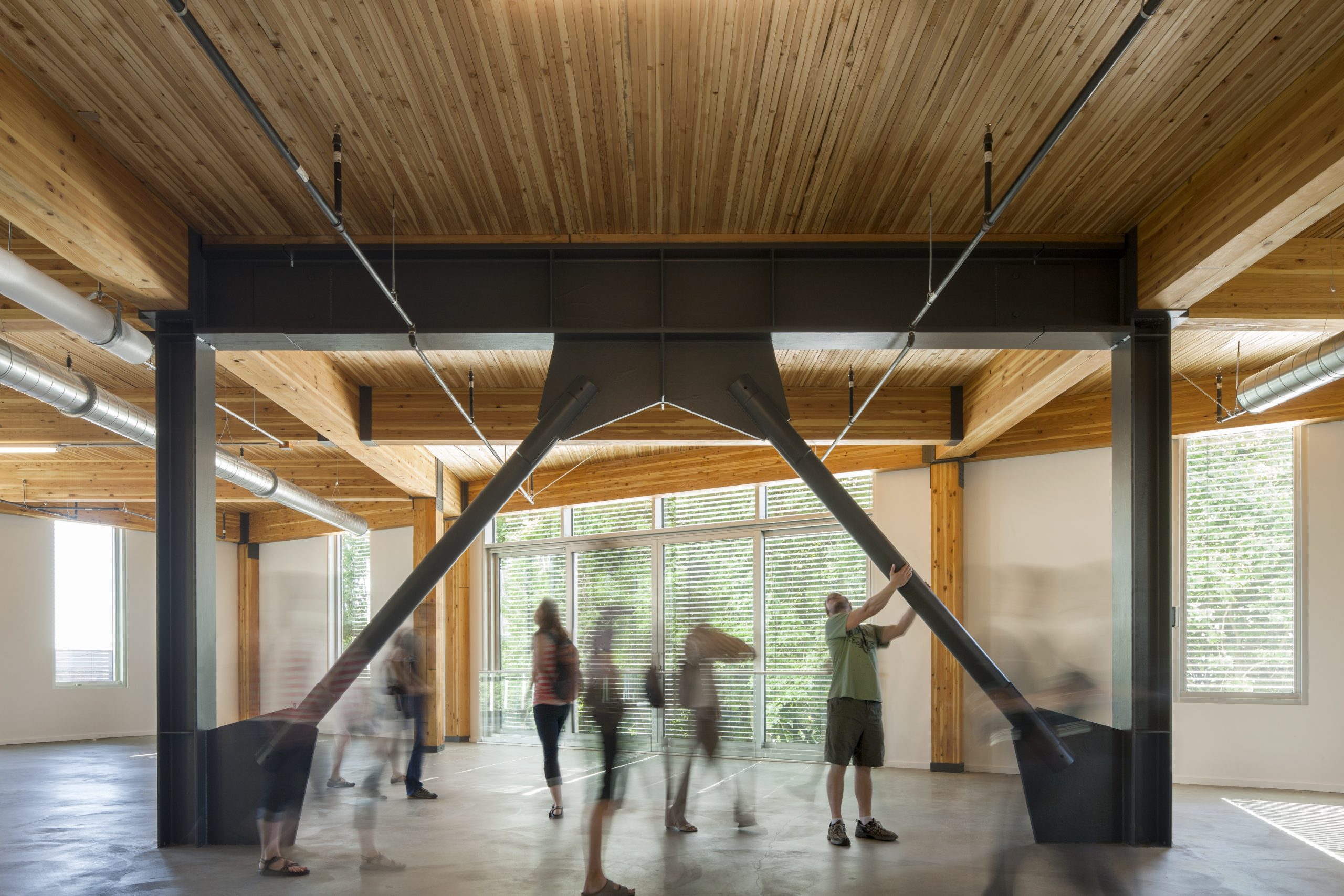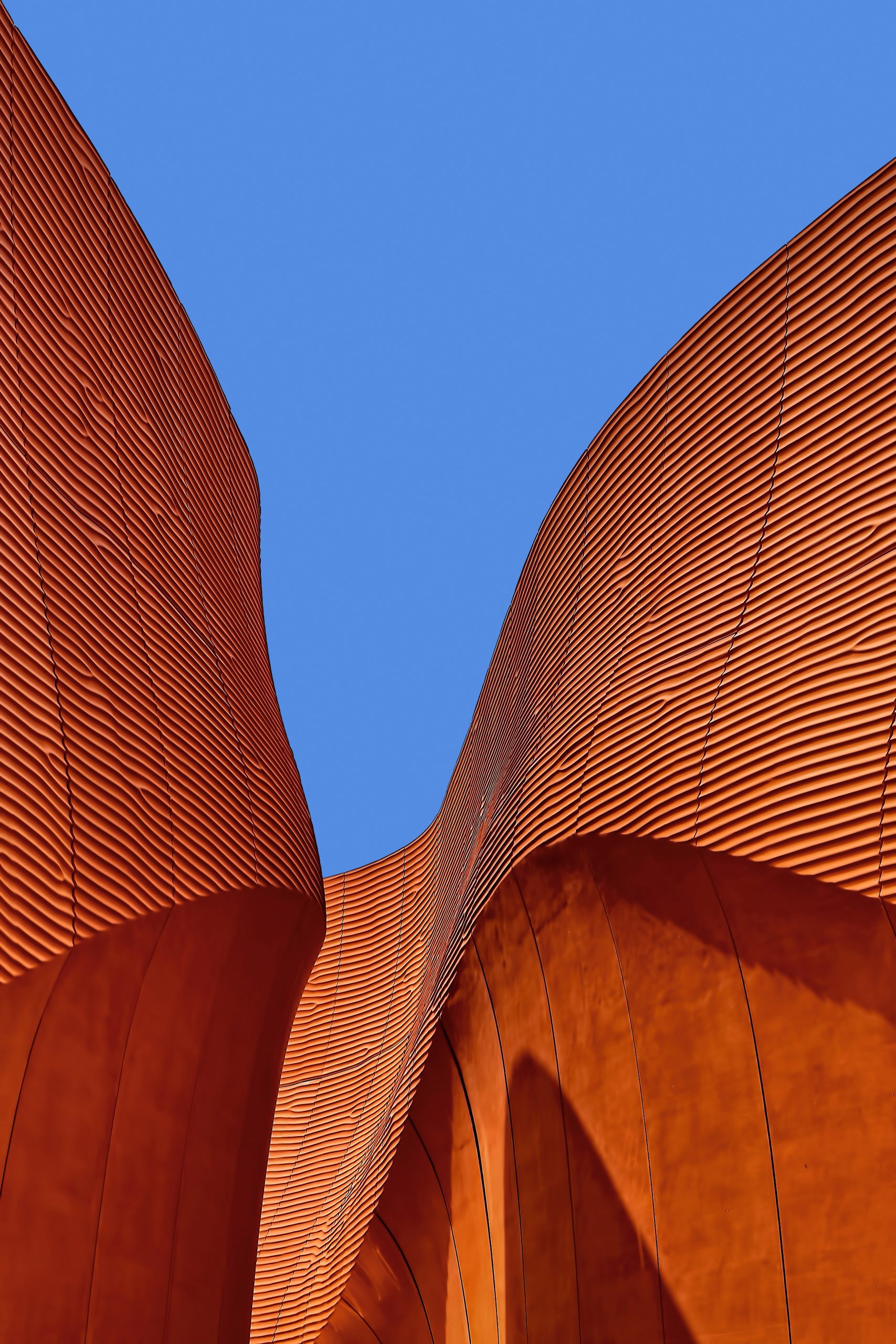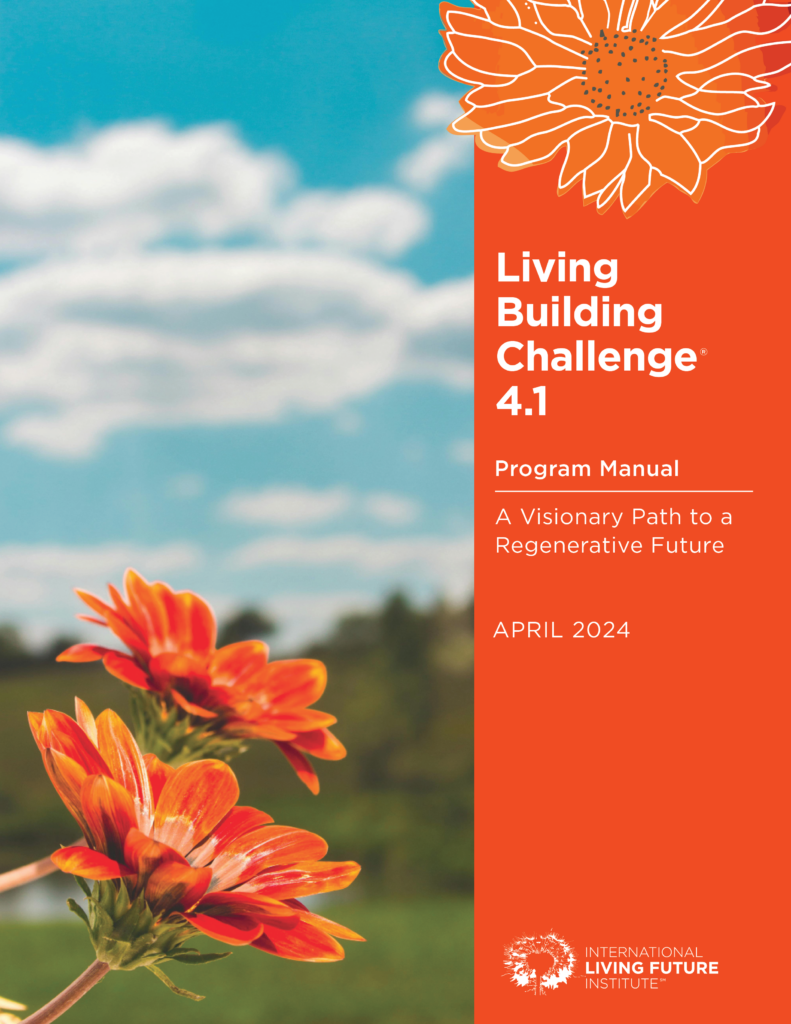

Living Building Challenge Basics

It’s time to create a living future and a world of living buildings
The Living Building Challenge represents a dramatic shift from a paradigm of doing less harm to one in which we view our role as a steward and co-creator of a true Living Future®. It aims to define the path to a regenerative built environment today and acts to rapidly diminish the gap between current limits and the end-game positive solutions we seek.
The Challenge aims to transform how we think about every single act of design and construction into an opportunity to positively impact the greater community of life and the cultural fabric of our human communities. The program has always been a bit of a Trojan horse—a philosophical worldview cloaked within the frame of a certification program. The Challenge is successful because it satisfies our left-brain craving for order and thresholds and our right-brain intuition that the focus needs to be on our relationship with and understanding of the whole of life.
As such, the program is a philosophy first, an advocacy tool second, and a certification program third. Within the larger Living Future Challenge framework that covers the creation of all human artifacts and edifices, the Living Building Challenge focuses on humanity’s most abundant creations—its buildings. It is, in essence, a unified tool for transformative thought, allowing us to envision a future that is socially just, culturally rich, and ecologically restorative.
The Living Building Challenge is a philosophy, certification, and advocacy tool for projects to move beyond merely being less bad and to become truly regenerative.
Regardless of the size or location of the project, the Living Building Challenge provides a framework for design, construction, and the symbiotic relationship between people, our community, and nature. The Living Building Challenge calls for action to restore the relationship between people and nature as our world becomes increasingly urbanized and we grow increasingly disconnected from the world in which we evolved. It is a challenge to immerse ourselves in such a pursuit—and many refer to the ability to do so as a paradigm shift.
Although it is ambitious to achieve all of the requirements of the Living Building Challenge, the performance-based approach creates clarity and ease of use: There are 20 profound Imperatives that must be met for any type of project, at any scale, in any location around the world.
The Imperatives are performance-based and position the ideal outcome as an indicator of success. The specific methodology used to meet the expectations of the Living Building Challenge is not up to the Institute—but rather to the co-creative genius of the design teams, owners, and occupants themselves, who are expected to make informed and vested decisions appropriate to the project, place, and bioregion.
The Living Building Challenge is a holistic standard, pulling together the most progressive thinking from the worlds of architecture, engineering, operations, planning, interiors, landscape design, and policy. It challenges us to ask these questions:
What if every single act of design and construction made the world a better place?
What if every intervention gave rise to:
- Greater biodiversity and social equity;
- Additional outlets for beauty and personal expression;
- A deeper understanding of climate, culture, and place;
- A realignment of our food and transportation systems;
- Increased soil health and
- A more profound sense of what it means to be a citizen of a planet where resources and opportunities are provided fairly and equitably?
Iterative Process
LBC 4.1 is the seventh version of the Living Building Challenge Standard. The Living Building Challenge is an ever-evolving program shaped by the incredible experiences of the project teams seizing the challenge as they continually break new ground, the vital insights of third-party auditors, and the invaluable expertise of ILFI’s Technical Advisory Groups, among others. Over time, feedback from a diverse array of stakeholders helps us understand how to refine and improve the program to have the greatest impact. New versions of the Living Building Challenge and periodic updates to the Compliance Details in the Program Manual both reflect the experience of project teams.
Structure & Applicability
The Living Building Challenge (LBC) consists of seven performance categories, or “Petals”: Place, Water, Energy, Health + Happiness, Materials, Equity, and Beauty. Each Petal is subdivided into Imperatives. There are 20 Imperatives spread throughout the seven Petals: Ten Core Imperatives that address the fundamental tenets of each Petal and ten more that push performance into the realm of positive impact. The Core Imperatives are not only integral to LBC, but they also comprise the Core certification requirements and form the foundation for Petal certification.
Proven Performance
Living Building Challenge compliance is based on actual, rather than modeled or anticipated, performance. Therefore, projects must demonstrate compliance with Imperative requirements over at least 12 consecutive months of operation to verify performance. See additional information under Registration and Certification Overview below.
Holistic
The Living Building Challenge is a holistic standard. To achieve Living certification, the requirements for all applicable Imperatives within the certification being pursued must be met.
Certification Options
Living Certification
Living certification is for projects striving for the highest level of health, equity, sustainability, and regenerative design. A project achieves Living certification by attaining all Imperatives assigned to its Typology. All 20 Imperatives are required for New Buildings. Other Typologies are exempt from certain Imperatives based on the Typology scope (see Table 1).
Core Certification
The Core certification pathway lays the holistic foundation for building performance that can be considered sustainable. It requires the achievement of the 10 Core LBC Imperatives (see Table 1).
Petal Certification
Petal certification is for projects that want to dive deeply into one or more particular issue areas, or Petals, of the Living Building Challenge. This certification requires, at minimum, the achievement of all 10 Core LBC Imperatives, in addition to the achievement of all Imperatives in one or more of the Water, Energy, or Materials Petals.
Scope-Dependent Requirements
For Building Renovation, Interior, and Landscape + Infrastructure Typologies, the requirements for certain Imperatives are dependent on the scope that defines the project Typology, as indicated in Table 1. Additional information regarding these scope-dependent requirements is provided for relevant Imperatives in the Compliance Details. Table 1 identifies which Imperatives must be met for each Typology.
Typologies
The Living Building Challenge is versatile and applies to different project scopes or Typologies. There are four Typologies, and teams must identify the one that aligns with the project’s scope to determine which Imperatives apply.
New Building: This Typology is for any project that encompasses the construction of a new building.
Building Renovation: This Typology is for any project that alters either the envelope or the major systems of a building. (This typology was formerly Existing Buildings in LBC 4.0 and earlier programs)
Interior: This typology is for any project that does not alter either the envelope or the major systems of a building. The base building may be newly constructed or existing, but the construction scope must encompass alteration down to the studs of at least 50% of the floors, walls, and ceilings in the project’s Project Floor Area.
Landscape or Infrastructure: This typology is for any project that does not include an enclosed structure as part of its primary program. Projects may be parks, roads, bridges, plazas, sports facilities, or trails.
Applicability and Regionality
LBC Imperatives can be applied to almost every conceivable building project with a construction scope, of any scale and in any location, be it a new building or an existing structure needing renovation. For additional information on identifying the project type, see the Typology section. Living Building Challenge projects can be built in any climate zone anywhere in the world—as evidenced by the unique array of projects already certified or currently underway in many countries around the globe.
Regional solutions are manifested in all Living Building Challenge projects due to a number of variables, including climate factors, building characteristics, and community context. For example, becoming water-independent in the desert demands the evolution of a project’s design to emulate a cactus instead of a tree. The built environment will be richer, and the stress on our resources will lessen as more and more projects focus on appropriate responses to place. Where they may be needed, we have created regional equivalencies based on feedback from projects worldwide so that reference standards appropriate to that locale can be used.
A Call to Action
The scale of change we seek is immense, and unless we can articulate the vision and chart a clear path, as a society, we will never experience the type of future that is possible and necessary for our long-term survival. What is required without delay is a complete reshaping of humanity’s relationship with nature and a realignment of our ecological footprint within the planet’s carrying capacity.
Over the last 30 years, green building has grown to become the most important and progressive trend in the building industry. There have been huge steps forward in the design, construction, and operation of buildings, and yet given the rate of change required to avoid the worst effects of climate change and other global environmental challenges, our progress can no longer move at a merely incremental pace but must accelerate radically.
We invite you to join us so that together we can continue to forge ahead on our path toward a Living Future.
The International Living Future Institute issues a challenge:
To all design professionals, contractors, building owners, and investors to radically transform the way we create the built environment and eliminate any negative impact on human and ecosystem health globally.
To all politicians and government officials to remove barriers to systemic change, and to realign incentives to truly protect the health, safety, and welfare of people and all beings.
To all of humanity to reconcile the built environment with the natural environment into a civilization that creates greater biodiversity, resilience, and opportunities for life with each adaptation and development.
INSTEAD OF A WORLD MERELY A LESS BAD VERSION OF THE ONE WE CURRENTLY HAVE, WE ASK A SIMPLE AND PROFOUND QUESTION: WHAT DOES GOOD LOOK LIKE?
We invite you to join us so that together we can continue to forge ahead on our path toward restoration and a Living Future!

Next Steps
For an overview of the Building Certification Process, please see this resource.
Please see this page for more information on registering your project. For more information or to schedule your one complimentary pre-registration meeting once you’ve reviewed the requirements, please contact [email protected].
